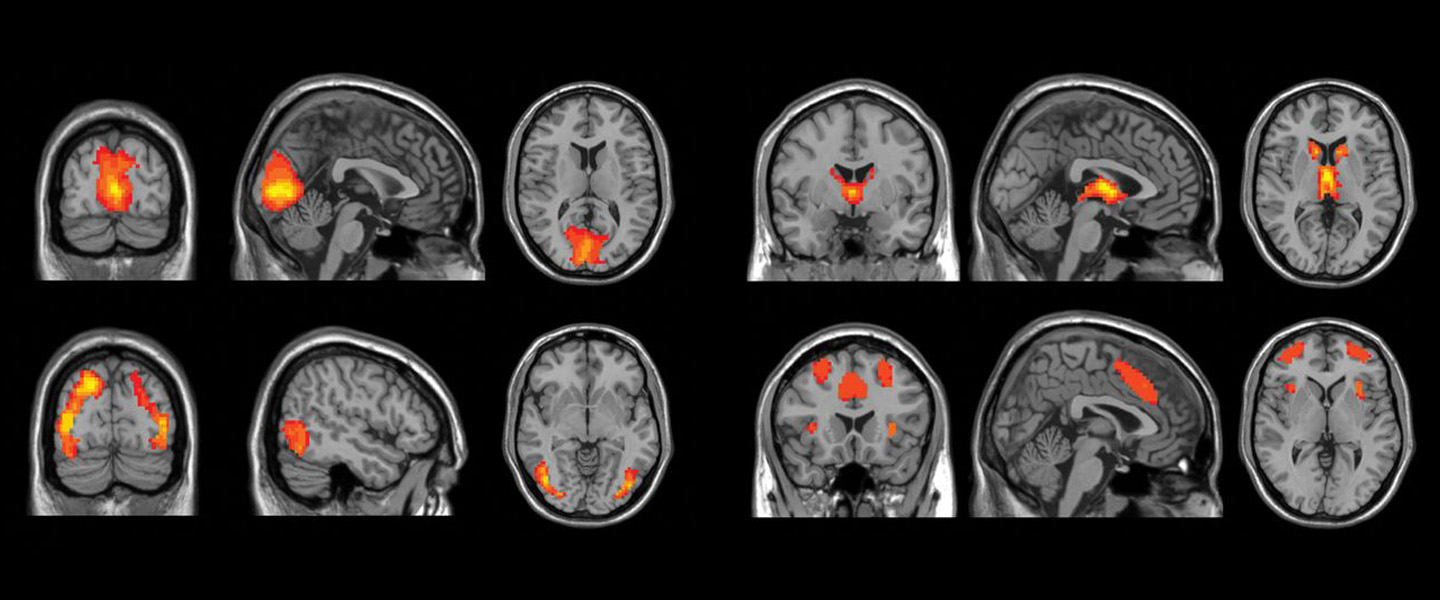Large Machine-Learning Study Searches for Diagnostic Biomarkers in Major Depressive Disorder
Large Machine-Learning Study Searches for Diagnostic Biomarkers in Major Depressive Disorder

Machine learning—a technology in which computers train themselves to recognize subtle patterns deeply hidden in massive sets of data—is thought to have great promise in helping clinicians diagnose illness, including psychiatric illness.
A number of initial studies testing the idea in major depressive disorder (MDD) were promising. These studies used data from functional MRI resting-state connectivity scans—pictures of the brain taken when individuals are not focusing on any task or stimulus. In depressed people, functional scans of the brain in its resting state could be distinguished (using machine learning) from such scans in non-depressed people, with an accuracy exceeding 80%. But these results were based on small studies. Experts agree that this result needs to be validated in much larger samples.
A multinational research effort led by two Dutch-based investigators, Selene Gallo, Ph.D., and Ahmed El-Gazzar, Ph.D., put machine-learning to the test in data sourced in two of the largest sets of resting-state functional MRI (fMRI) brain scans from patients with major depression and carefully matched non-depressed controls. One of the datasets was based on 2,338 individuals, and the other, 1,039. They were collected at many different sites of care in North America, Europe, and Asia. The results were published in Molecular Psychiatry.
The team included Henrik Walter, M.D., Ph.D., a 2017 BBRF Distinguished Investigator; Matthew D. Sacchet, Ph.D., a 2020 BBRF Young Investigator; and Ian Gotlib, Ph.D., a 2003 BBRF Distinguished Investigator.
The brain scans provide raw data for computers trained to analyze them in a variety of sophisticated ways. The team used “advanced deep-learning algorithms” to differentiate depressed patients from the controls, and to identify neurophysiological signatures of major depression, which could potentially serve as biomarkers of the illness.
Highly reproducible biomarkers are among the most sought-after objectives of research. But they have been hard to find in light of what researchers call the “clinical heterogeneity” of depression. Patients can be affected by many different combinations of symptoms. In addition “comorbidity is common, and MDD symptoms may overlap with those from other [comorbid] disorders,” the researchers note.
Fully aware of this “clinical heterogeneity,” the researchers performed many different kinds of analysis with the fMRI data. The results of these multiple and layered forms of analysis indicated to the team that they were able to distinguish MDD patients from controls a bit more than 60% of the time. This was better than randomly assigning a diagnosis to each participant in the study, but not nearly good enough to serve as a useful clinical tool, the team noted. Whether or not MDD patients took antidepressant medicines had little impact on the results. Attempts to classify patients according to symptom severity or demographics also failed to improve the accuracy of the model’s prediction.
This result did not yield a biomarker but was nevertheless revealing. “The 61% accuracy in these two datasets is considerably lower than the average 84% accuracy across small-scale studies,” the team acknowledged. Achieving a lower accuracy rate with a much larger ample “is paradoxical,” they wrote, since machine-learning models like the one they used “only become better when trained on larger samples.” But the result told them something important about the problem of “heterogeneity” in major depression. The results are testimony to how diverse the symptoms of depression (and comorbid conditions) are, and how their manifestation in different patients makes it all the more difficult to arrive at a single biomarker that would consistently apply across the diverse population of patients.
One way to proceed from these results, the team noted, may be to develop data-specific definitions of subtypes of the disorder, for which it might be possible to identify markers with much greater predictive accuracy.
Another result of the study is also important. Across the population of people with major depression whose scans they analyzed, the team found that the thalamus consistently displayed hyperconnectivity (i.e., above normal connectivity) with the cortex, among other brain areas. This was especially notable since in functional scans in MDD, hypoconnectivity—below normal connectivity—is typically and broadly seen across the brain.
The thalamus is a part of the brain responsible for integrating sensory, motor, visceral and olfactory information and relating it to an individual’s emotional state. The team’s identification of thalamic hyperconnectivity is a “signature” that could “hint at a general MDD-related dysfunction,” the team said. This notion supports recent rethinking of the role of the thalamus—once thought a mere signal-relay station. Rather, it could have “a central role in ongoing cortical functioning,” the team speculated, with thalamic hyperconnectivity possibly being “the most prominent neurophysiological characteristic of MDD.”




